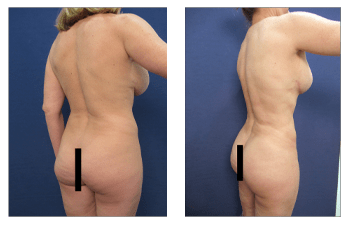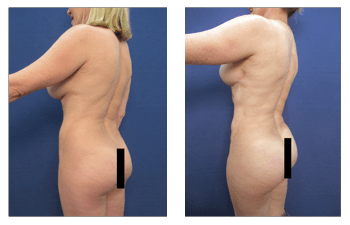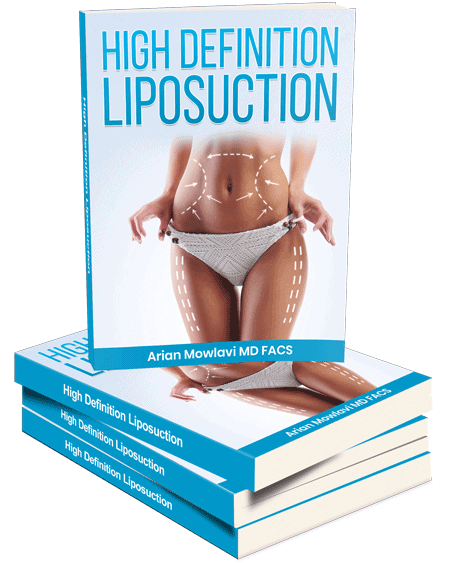




Fat emboli refer to the entry of fat cells into the bloodstream which can then travel to the heart or lungs resulting in potentially detrimental effects. The risk of fat emboli following BBL has been real and estimated at 1 in 5000 to 1 in 10000. So, how to avoid fat emboli following BBL?
Although this number is low in relation to most surgical complications, the severity of the complication necessitates a review of the etiology and potential measures that can be taken to avoid this injury.
The cause of fat emboli has been studied extensively over the last few years. The current understanding regarding fat emboli is that fat cells enter by getting into the superior or inferior gluteal vein during the fat transfer.
The most common cause for this has been attributed to the vein tearing and literally siphoning any free-floating fat cells into itself. Once in the vessel, the fat cells are transported into the heart and lungs where they can get stuck and create a plug that hinders blood flow. In order to avoid this complication, several measures may be taken.
Measures To Take to Avoid Fat Emboli Following BBL
The first measure that has been taken to avoid inadvertent injection into or near the superior and/or inferior gluteal veins, is to define a danger zone.
This danger zone is defined by a triangular “No No” zone, almost like the Bermuda triangle. This triangle is defined by the points including the coccyx, the posterior superior iliac spine, and the greater trochanter.
The next measure is to avoid violating the anterior gluteal Maximus muscle lining. This lining serves as a physical barrier and as long as this lining is kept intact, there is a near-zero risk of fat cells getting near the deeper gluteal veins.
Of note, anatomical studies have shown that there is no posterior or deep linking to this muscle. As such, if fat cells are injected into the muscle, there is no physical barrier to them getting to under the muscle where the culprit’s veins live.
The final measure is to avoid unnecessary overfilling of the buttocks mound which is felt to result in tautness that may be literally lifting the gluteus maximus muscle and stretching and subsequently tearing the veins.
When all of these precautions are taken, the risk of fat emboli is significantly reduced. The most important step to avoid the injection of fat cells near or around the vessels is the use of high-resolution ultrasound.
Live imaging using the ultrasound machine, allows Our Surgical Team to inject the fat directly into the areas desired while avoiding injection into the muscle where it could be in danger of entering the gluteal veins.
Please see this 53-year-old female who successfully performed a BBL while avoiding the risk of fat emboli and retaining more of the volume that other surgeons.


